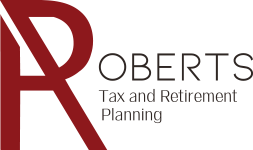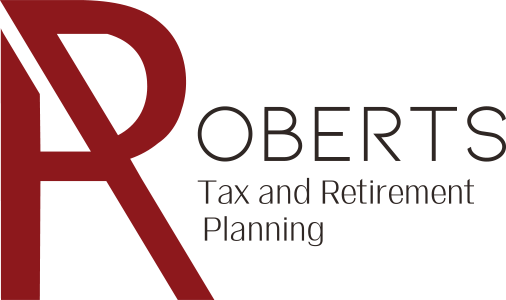A huge misconception about investing is you need big money to see any real return on investments (ROI). But you don’t have to be wealthy to get in the game. What you need is a strategy that fits your budget and objectives. Let’s take a look at how you can start investing small amounts of money.
Why You Want To Invest
Life is only going to get more expensive and, for most of us, earnings will not grow along with inflation. That’s why we can’t recommend enough that you consider investing now, no matter what stage of life you’re in.
How To Start Investing With Little Money
Here are some proven and safe ways to invest with a small budget.
Save in Preparation
Put away $20 a week and near year’s end you’ll have $1,000 to start. This doesn’t have to be done through a bank account. Shove the funds in a cookie jar, home safe, envelope, or shoebox. Get in the habit of stashing a little bit at a time in a safe place. And develop the strength to not touch it.
Also, before dipping your toe in the water, there are two hurdles you want to tackle.
Put Together an Emergency Fund
An emergency fund is savings that will accommodate three months (or more) of lifestyle maintenance. If an unexpected risk occurs, such as losing your job, a net for surviving financially will be paramount. Your risk in the market is greater if you don’t have savings.
Pay Off Your High-interest Debt
When it comes to debt, you want to aggressively tackle those obligations and bring balances down. Debt is detrimental to saving money. The APR on credit card debt could negate your market gains, essentially voiding any growth.
Ways To Start Investing
Here are some tips for investing small and getting into the market with a modest budget.
Micro-investing
Micro-investing entails applying small amounts of cash over a period of time. You buy fractions of shares. That strategy helps to lower the average expense per share if you invest consistently over a long period.
Direct Stock Purchase
Direct stock purchase plans (DSPPs) are investment strategies that allow individuals to buy stock directly from the company or through the company’s transfer agent. Companies use these plans to raise capital, build a stable shareowner base, increase loyalty and support, and engage directly with shareowners.
Robo-advising
Robo-advisors are an excellent option for newbies. The solution makes investing accessible and simple, requiring no previous experience in the market. Most platforms require little cash to begin but do charge noticeable fees, usually a small percentage of your balance.
Here are some top robo-advisors used by both newcomers and professionals.
ETFs
An exchange-traded fund doesn’t require investors to own the underlying assets but may still make them eligible for reinvestments, dividend payments, and other benefits. The fund can consist of bonds, commodities, or stocks. They can be international or U.S.-only assets.
Open a Retirement Account or a Roth IRA
The RA or Roth are two of the smartest ways to grow your money. Options here offer an ROI of 5% to 8% annually. With pre-tax contributions, you only answer to the IRS when you retire (and find yourself in a lower tax bracket to boot).
Check Out Investing Alternatives
Real estate crowdfunding allows you to own shares of a property. There’s a far smaller upfront investment and you’re not responsible for the property’s management. Crowdfunding is a solid way to learn about commercial real estate investing and asset diversity.
Last Thoughts
Investing small requires understanding your goals, having patience, and finding a style that fits your personality. Using small amounts of money, you minimize risk even as you use a slow and steady strategy to learn about using money to make money.
If you want to learn more about investing, retiring, or safeguarding your financial future, reach out to Roberts Tax and Retirement Planning.








